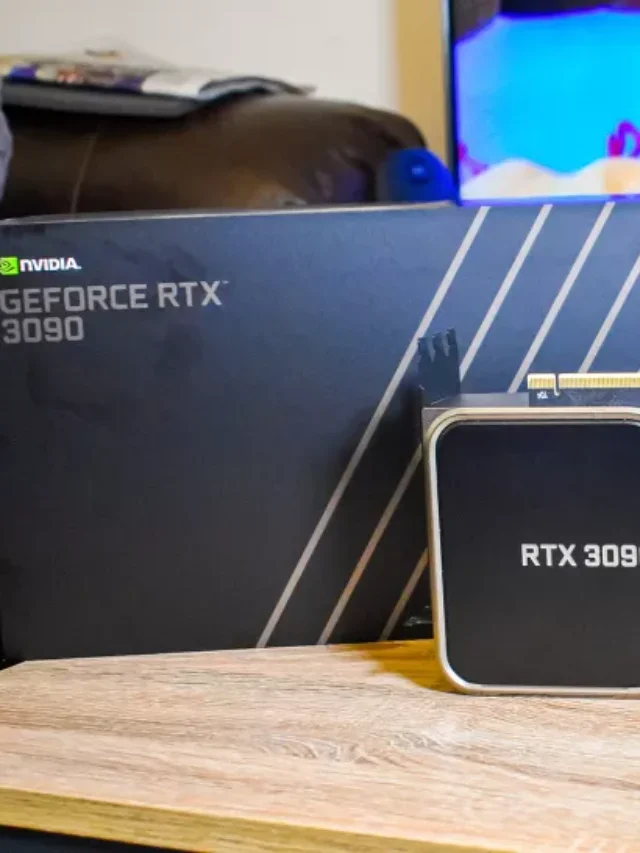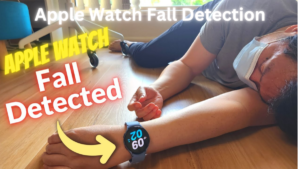Title: “Maximizing Your Website’s SEO Potential with These Simple Blog Post Tips”
H1: Maximizing Your Website’s SEO Potential with These Simple Blog Post Tips
Meta Description: Learn how to create SEO-friendly blog posts that will help boost your website’s ranking and visibility with these simple tips.
Focus Keyword: SEO-friendly blog post, website ranking, visibility.
Tags: SEO, blog post, website ranking, visibility, optimization, keywords.
Introduction:
As a website owner, you want to make sure that your content is reaching as many people as possible. One of the best ways to do this is through search engine optimization (SEO). By creating SEO-friendly blog posts, you can improve your website’s ranking in search engines and attract more traffic to your site. In this post, we’ll cover some simple tips for maximizing your website’s SEO potential.
H2: Start with Keyword Research
One of the first steps in creating an SEO-friendly blog post is to research and choose relevant keywords. This will help you ensure that your post is targeting the right audience and that it will be easy for them to find when they search for your topic. Use keyword research tools to find keywords that have a high search volume and low competition. Then, make sure to include these keywords in your title, header tags, meta description, and throughout the body of the post.
H2: Write a Compelling Headline
Your headline is one of the most important elements of your post, as it’s the first thing users will see when they find your article in search results. Make sure your headline is eye-catching, clear, and concise. It should accurately reflect the content of the post and contain your main keyword.
H2: Optimize the URL
The URL for your post is another important factor in your overall SEO strategy. Use your main keyword in the URL and keep it short and simple. This will make it easier for users and search engines to understand the content of the post.
H2: Use Header Tags
Header tags (H1, H2, H3, etc.) help break up the text in your post into sections and make it easier for users to scan the content and understand the structure of the post. Make sure to use header tags to create a logical flow and help search engines understand the hierarchy of your content.
H2: Add Multimedia Content
Multimedia content, such as images, videos, and infographics, can help make your post more engaging and visually appealing. This can help keep users on your site for longer, which is a positive signal for search engines. Make sure to optimize your multimedia content for the web and use descriptive alt tags to help search engines understand what the content is about.
H2: Internal Linking
Linking to other relevant articles on your site within your post can help search engines understand the relationship between your pages and improve the user experience. By linking to other articles, you can also help keep users on your site for longer, which can have a positive impact on your overall SEO.
H2: Optimize the Meta Description
The meta description is the brief summary that appears under your headline in search results. Make sure to write a clear and concise meta description that summarizes the post and contains your main keyword. This will help search engines and users understand what the post is about and increase the chances of users clicking through to your site.
H2: Use LSI Keywords
LSI (Latent Semantic Indexing) keywords are related words and phrases that can help search engines understand the context of your post. Incorporating LSI keywords into your post can improve the relevancy of your content and increase your chances of ranking for a variety of related keywords. To find LSI keywords, use keyword research tools or simply look for words and phrases that are frequently used in articles about your topic.
H2: Add Alt Text for Images
Alt text is a description of an image that is used for accessibility purposes and is also helpful for search engines. By adding alt text to your images, you can improve the accessibility of your site and provide additional context for search engines to understand the content of your post.
H2: Keep Your Post-Up-to-Date
Search engines favor fresh and updated content, so it’s important to keep your posts up-to-date. Regularly reviewing and updating your old posts can help you maintain their relevance and improve your overall SEO.
“10 Proven Strategies to Rank Your Website on Google’s First Page: An SEO-Friendly Guide”
Conclusion:
By following these simple tips, you can create SEO-friendly blog posts that will help boost your website’s ranking and visibility. Remember, SEO is a long-term strategy, and the results may not be immediate. However, by consistently creating high-quality, optimized content, you can improve your website’s overall SEO and attract more traffic to your site.


















